The revival of Japanese burnt wood in the design of sustainable façades and terraces
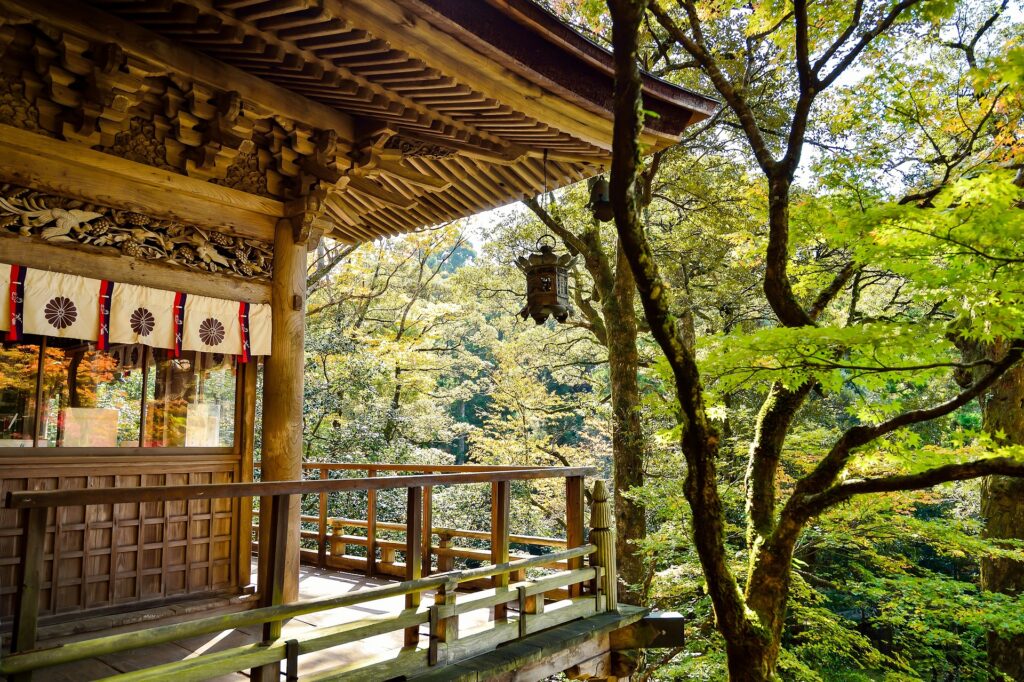
Have you ever heard of the Japanese burnt woodYou're probably wondering what this ancient technique has to do with modern sustainable façade and terrace design. Stay with us and discover how this age-old tradition is revolutionising the construction and design sector.
What is Japanese burnt wood?
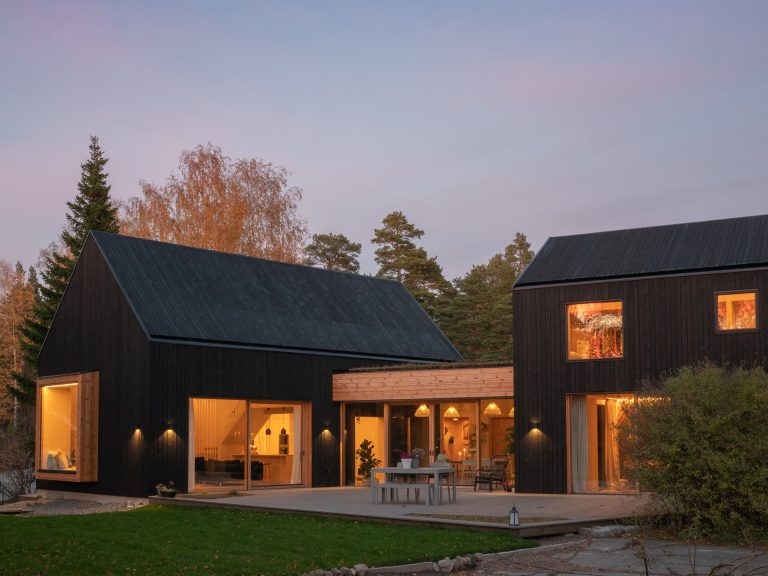
What is Japanese burnt wood? Yakisugi o Shou Sugi Banis a traditional Japanese technique that improves the strength and durability of wood through fire. This carbonisation process not only gives the wood a unique and inimitable appearance, but also makes it resistant to rain, ultraviolet light and insects. However, you may wonder, how does all this relate to sustainability?
La madera quemada japonesa y la sostenibilidad
La sostenibilidad es un aspecto cada vez más relevante en todos los ámbitos, incluido el de la construcción. Y aquí es donde la madera quemada japonesa destaca. Al utilizar maquinaria de alta tecnología, es posible producir madera quemada en grandes cantidades en poco tiempo, sin recurrir a procesos químicos nocivos.
Furthermore, at the end of its useful life, this wood can be recycled or disposed of without causing environmental damage. Interesting, isn't it? But what happens when we apply it to façades and terraces?
Charred wood façades: aesthetics and durability
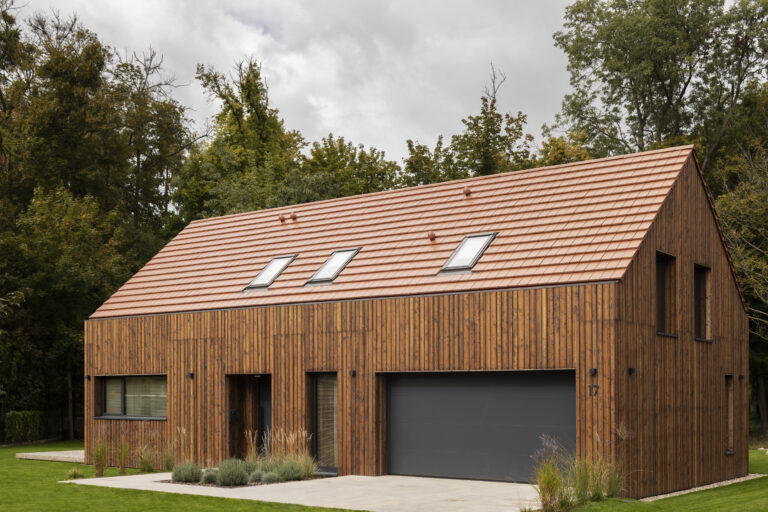
Japanese burnt wood, also known as Yakisugi or Shou Sugi Ban, is an ancient technique that has been rediscovered in the 21st century. What is the secret behind this technique that makes it a sustainable and desirable option for wooden façades and terraces?
An environmentally friendly process
The Yakisugi technique does not use chemicals in its process, making it an environmentally friendly option. Wood treated with this technique does not release harmful substances into the environment, and at the end of its useful life it can be recycled or disposed of without harming our environment. Obtenga más información sobre el proceso de producción.
Unmatched durability and strength
Japanese burnt wood is highly resistant to water, fire, insects and rot. It is exceptionally durable, with a lifespan of up to 100 years if properly maintained. This makes it a sustainable choice for façades and terraces, as it requires fewer replacements and repairs over time.
Sustainable timber in façade and terrace design
Wooden façades are an aesthetic and environmentally friendly option for buildings. Wooden terraces, on the other hand, provide a cosy and natural space to enjoy the outdoors. How does Japanese burnt wood fit into this sustainable design landscape?
Renewable materials and responsible sources
Wood is a renewable material, and Sustainable timber comes from responsible sources. that ensure reforestation and the preservation of ecosystems. Companies such as ZenWood, which specialise in the manufacture and installation of burnt wood, are committed to using spruce, pine and larch wood, which are durable and resistant.
Low maintenance and extended service life
Japanese burnt wood requires very little maintenance compared to other materials. Being resistant to water, fire, insects and rot, façades and terraces made from this wood have a much longer lifespan than those made from traditional wood.
The role of Japanese burnt wood in sustainable construction
Sustainable construction is an approach that seeks to minimise the environmental impact of buildings and promote energy efficiency.
- Eficiencia energética y aislamiento natural. Las propiedades aislantes de la madera son bien conocidas. Las fachadas y terrazas de madera quemada japonesa no sólo son estéticamente agradables, sino que también ayudan a mantener la temperatura interior de los edificios, reduciendo así el consumo de energía.
- Reduced material life cycle. The use of Japanese burnt wood on façades and terraces helps to reduce the life cycle of building materials. Thanks to its longevity and resistance, the need to replace or repair these elements is significantly reduced, minimising the demand for new materials and the generation of waste.
Japanese burnt wood and sustainable aesthetics
In addition to its sustainability and durability, Japanese burnt wood also offers a unique aesthetic design. With its characteristic texture and colour, it can add a touch of sophistication and elegance to any construction project.
Versatilidad en el diseño
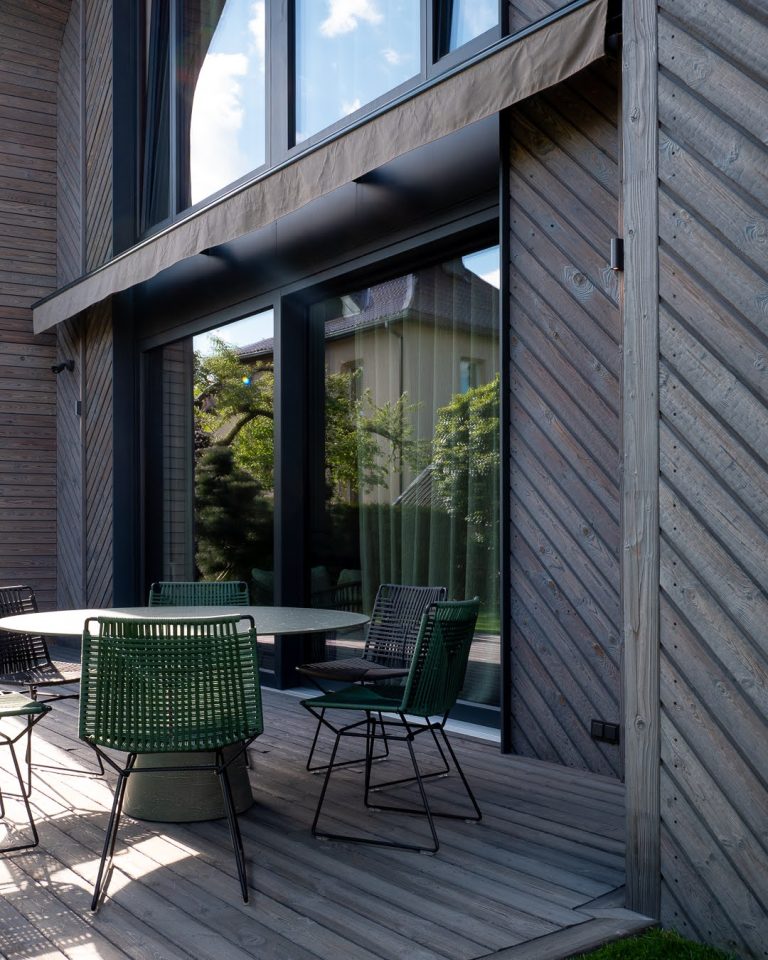
La madera quemada japonesa es increíblemente versátil y puede adaptarse a cualquier estilo de diseño, desde lo más moderno hasta lo más tradicional. Puede utilizarse tanto en fachadas como en terrazas, y su gama de colores y texturas ofrece infinitas posibilidades de personalización.
Belleza atemporal
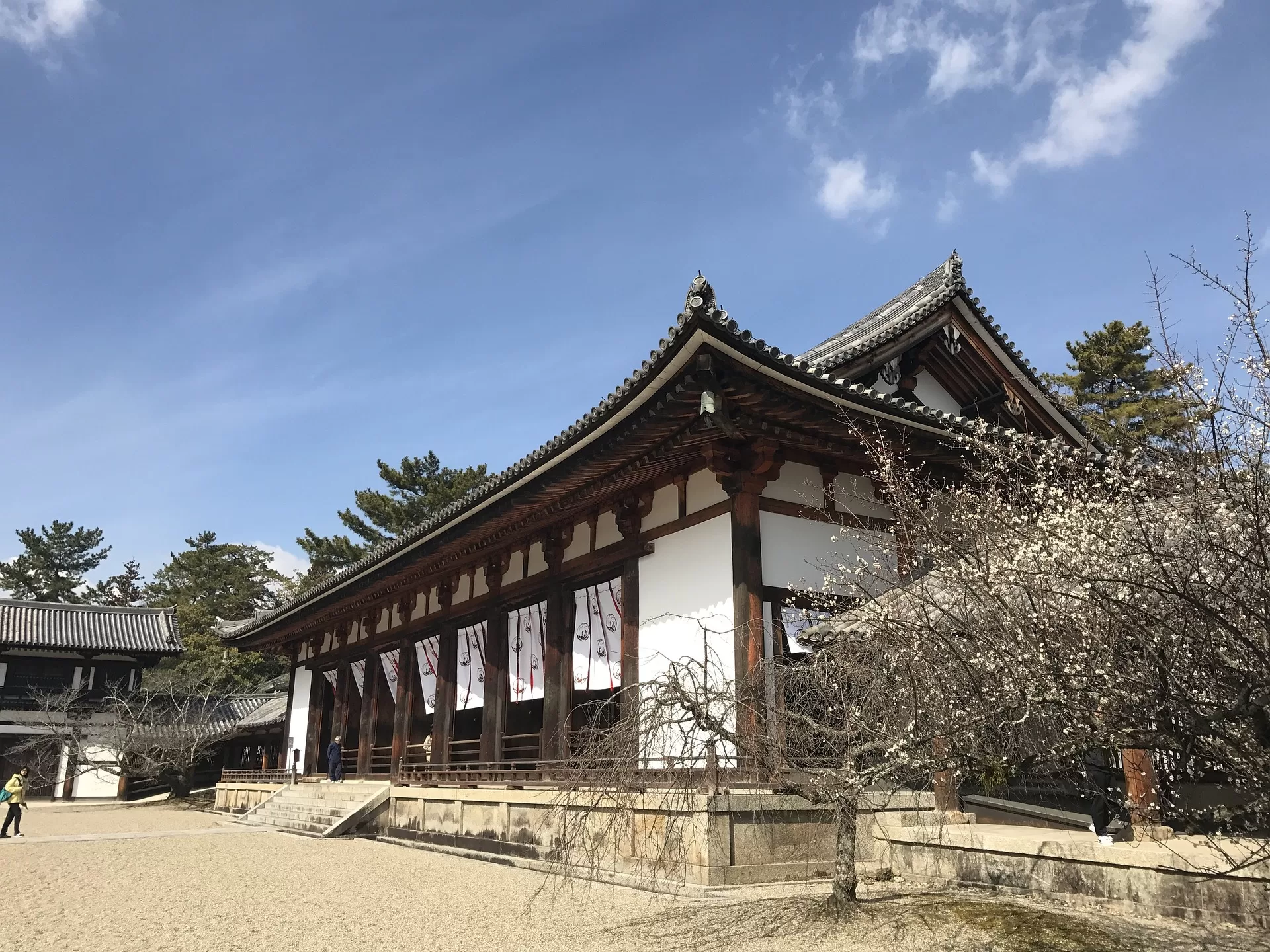
La belleza de la madera quemada japonesa es atemporal. Aunque la técnica Yakisugi tiene siglos de antigüedad, su estética sigue siendo relevante y deseada en el diseño contemporáneo. Además, a medida que la madera envejece, adquiere una pátina que añade aún más carácter a su apariencia.
Un compromiso con la sostenibilidad
En ZenWood, estamos comprometidos con la producción y la instalación de madera quemada japonesa de la más alta calidad. Nuestra filosofía se basa en el respeto por el medio ambiente y la sostenibilidad, y nos esforzamos por ofrecer soluciones de diseño que sean a la vez bellas y respetuosas con nuestro planeta.
Combinamos la antigua técnica japonesa de Yakisugi con la tecnología moderna para producir madera quemada de la mejor alta calidad. Utilizamos maquinaria de alta tecnología que nos permite producir una cantidad de madera constante en poco tiempo, manteniendo la calidad y singularidad de cada pieza.
Como ves, la madera quemada japonesa es una solución sostenible y duradera para las fachadas y terrazas. Su proceso de producción ecológico, su resistencia y durabilidad, y su estética única la hacen una opción deseable para cualquier proyecto de construcción. Con empresas como ZenWood, puedes estar seguro de que estás eligiendo un producto de calidad que respeta el medio ambiente y que añadirá valor a tu proyecto por muchos años.

